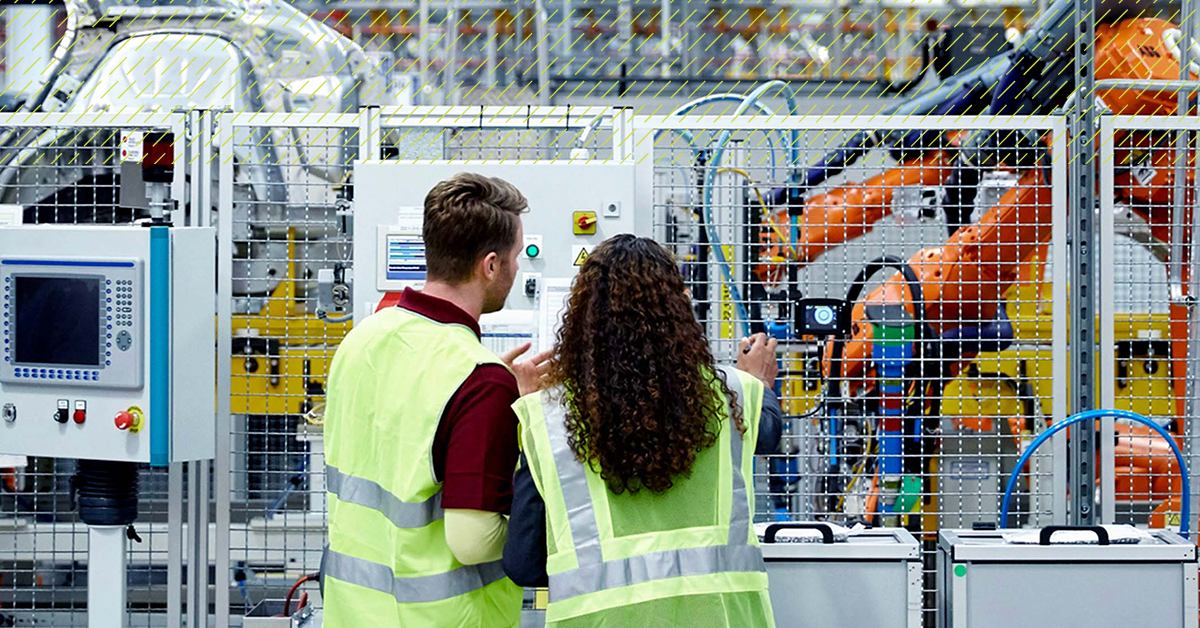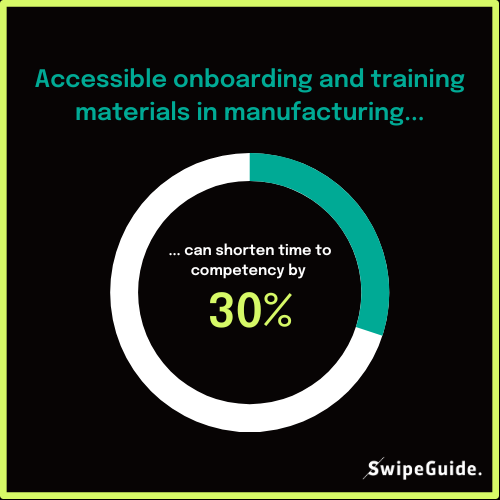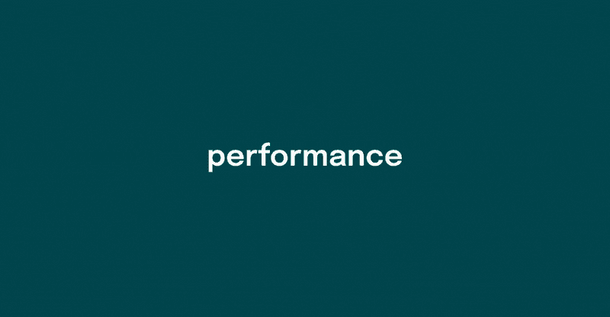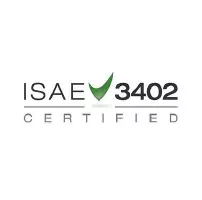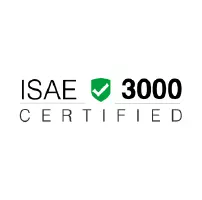According to the U.S. Bureau of Labor Statistics, manufacturing has seen a 60% increase in job quitting in the past few years.
Experts predict the industry will see over 2 million jobs unfilled by 2030, costing the U.S. economy as much as $1 trillion. Low wages are a contributing factor to this trend. But it’s not just about the money.
A study by Purdue University showed that some manufacturing companies have seen less than 15% turnover rates while not paying considerably higher than their counterparts (who see 40% turnover rates on average).
What do these companies do differently?
Two things stand out:
1. They invest in smooth and accessible employee training.
2. They prioritize work environment that's motivating and safe.
Training and workplace safety go hand-in-hand.
Both need to be fostered at the very beginning: during onboarding.
Manufacturing onboarding best practice tip 1:
Invest in accessible materials.
Manufacturing onboarding best practices.
According to the Society for Human Resource Management (SHRM), employee turnover can be as much as 50% in the first year and a half of employment.
Good onboarding is critical to prevent churn in these 18 months. It’s even more important in manufacturing, where employees have to quickly familiarize themselves with standard operating procedures and hit the ground running. Every minute counts and keeping everyone safe is paramount.
The following best practices can help you onboard new recruits smoothly and prevent turnover.
01. Facilitate access to knowledge from the start.
To operate machinery safely without downtime, frontline teams need easy and immediate access to the right knowledge.
The problem?
- There is not enough manpower to individually train new recruits.
- Most companies are still using antiquated systems to share critical operational knowledge (think PDF files, word documents, or paper manuals).
- Knowledge is not accessible.
- Procedures are not up-to-date.
Today, your onboarding needs to be device agnostic, so employees can read SOPs and instructions on smartphones, tablets, or wearables. It should make it easy to access knowledge through links and QR codes, so they can get the info they need quickly to execute the task at hand.
-2.jpg?width=350&height=233&name=_CAP4091%20(1)-2.jpg)
The overall purpose?
→Build employee autonomy.
Using a modern, cloud-based solution, instead of dated tools for your onboarding and training materials will help you:
- Make it easier to keep knowledge up-to-date.
- Improve knowledge transfer on the shop floor.
- New employees can go about their work and get critical guidance the moment they need it, just by scanning a QR code.
- Improve time to competency for new recruits by over 30%.
02. Train to motivate.
A European-wide survey found that companies that invest in employee training and involvement benefit from better performance.
But only 9% of workplaces offer comprehensive training that’s geared towards engagement and continuous improvement.

Manufacturing onboarding best practice tip 2:
Invest in motivating, engaging, and involving your frontline teams from the start
Employee engagement makes a big difference on the shop floor.
Young professionals are especially prone to hop jobs if they feel a values mismatch or disconnection. If their relationship with managers is poor, they are even more likely to churn.
Reverse this trend by:
- Involving employees and empowering them to contribute from day one.
- Build an onboarding program around continuous learning and improvement.
- Encourage new recruits to share their own ideas and best practices.
- Focus on collaboration and inclusion to foster long-term well-being and motivation.
Example of manufacturing onboarding best practices.
HEINEKEN involves frontline team members in the shaping of processes from the first day of their onboarding:
- On-the-job training is the go-to form of onboarding.
- Frontline team members can scan QR codes to get instant access to the knowledge they need.
- They're involved in capture knowledge on the brewery floors to create work instructions and SOPs that can be shared across teams, lines, and sites.
- Line managers review and approve the content before it's published for compliance.
- When using SOPs, operators can suggest improvements to a process or procedure by easily leaving feedback on specific steps.
- This keeps employees engaged and motivated to continuously improve their work environment.
-png.png?width=700&height=366&name=manufacturing%20onboarding%20best%20practices%20(1)-png.png)
Check out a few examples:
👉 How HEINEKEN delivers essential operational knowledge to the shop floor.
👉 Onboarding and training at Orkla that improves efficiency across sites.

